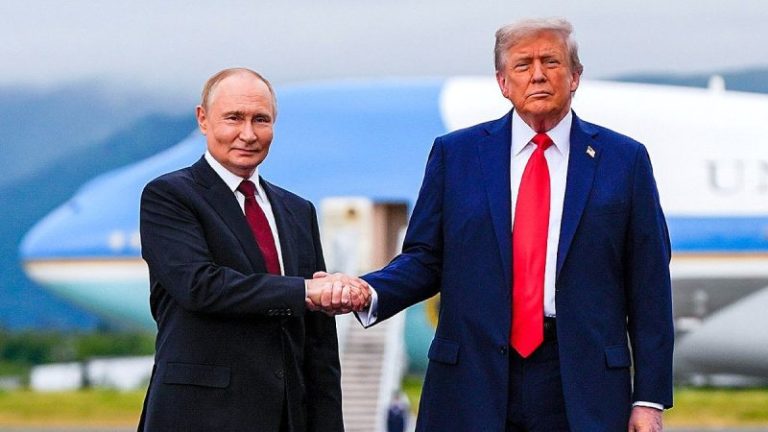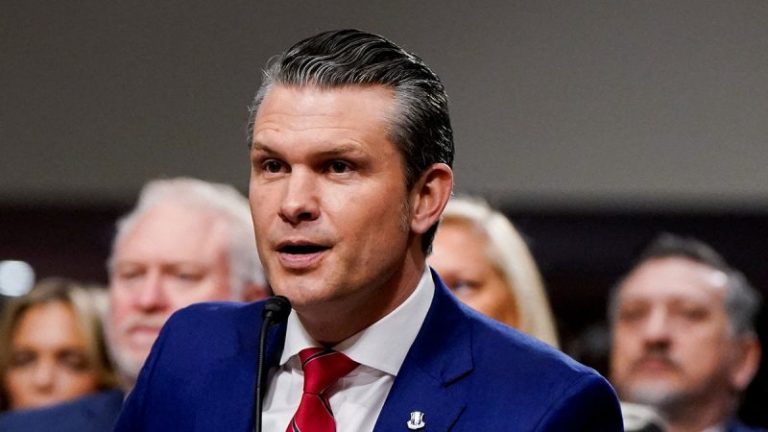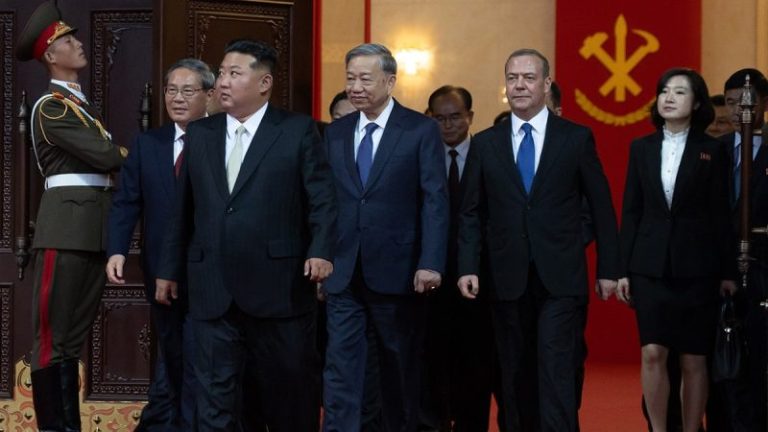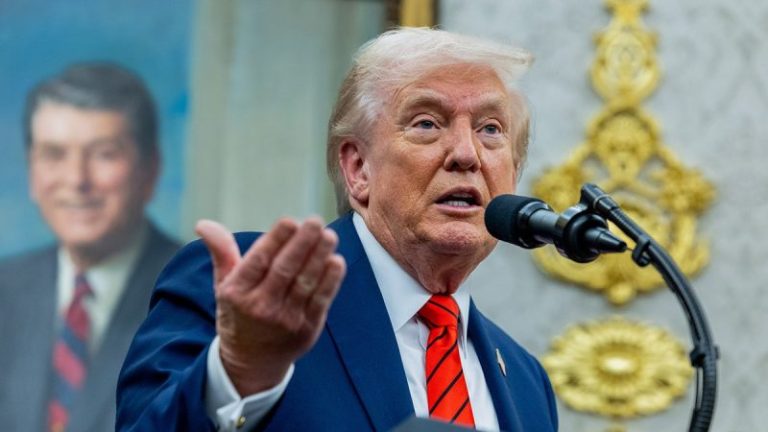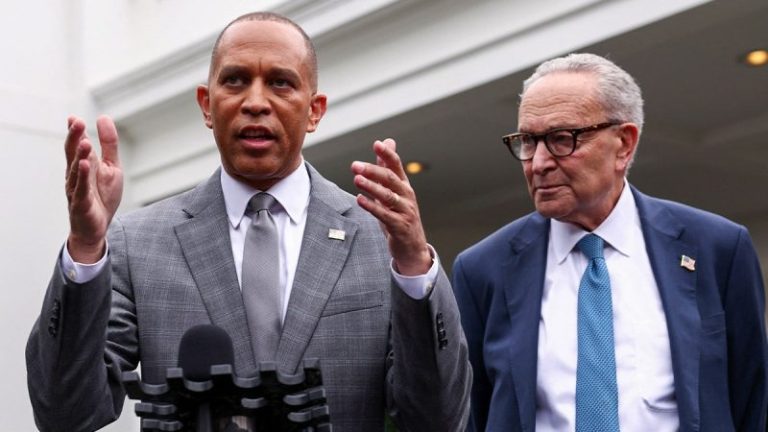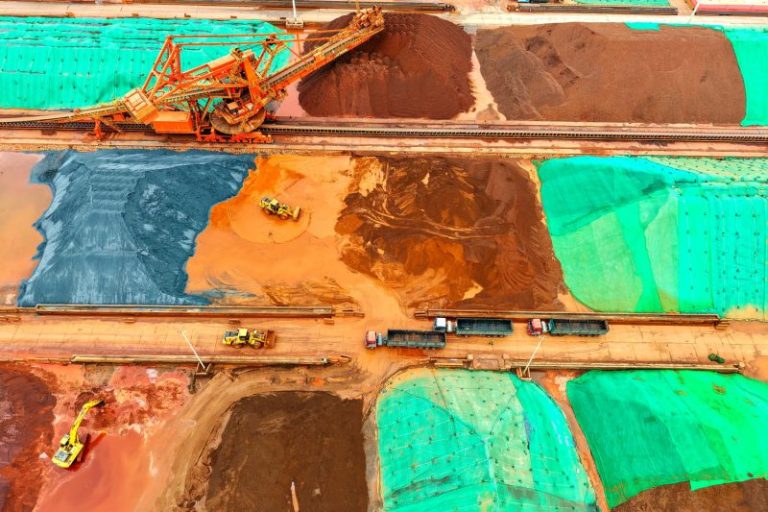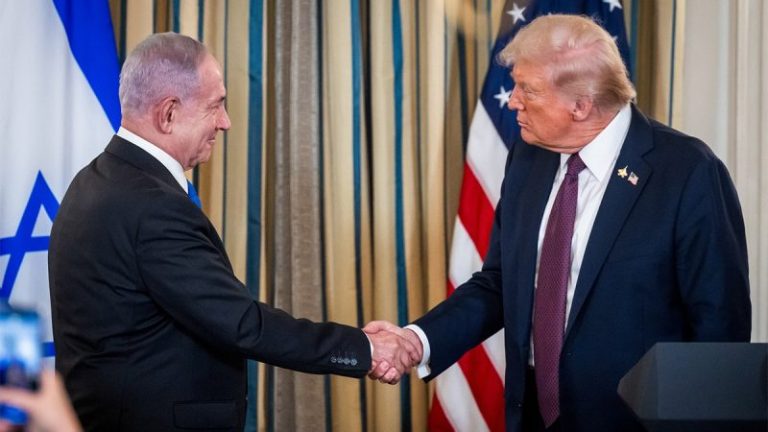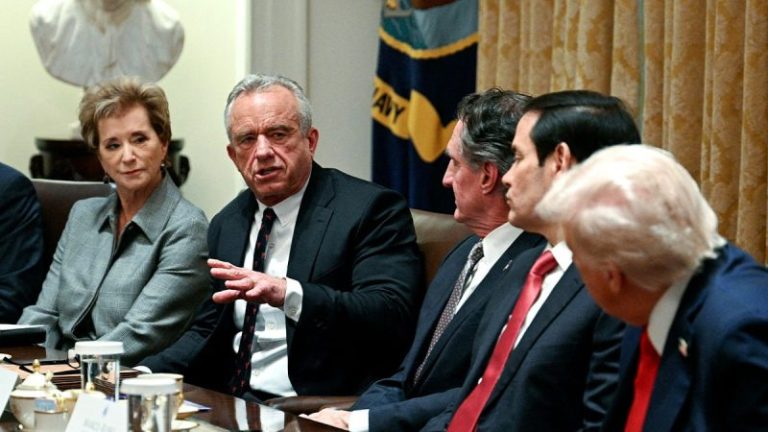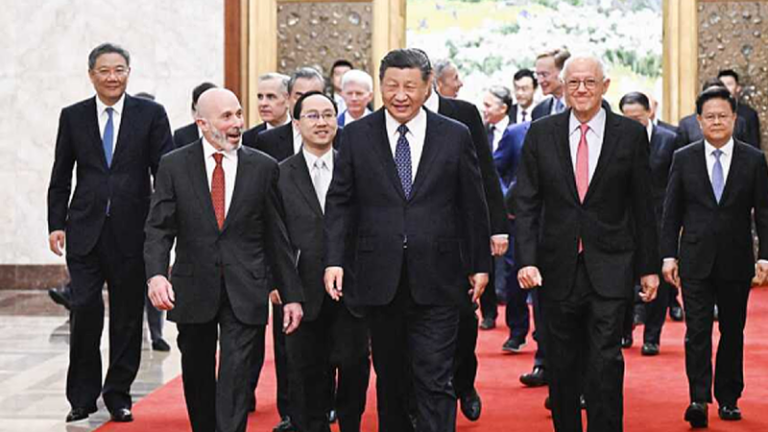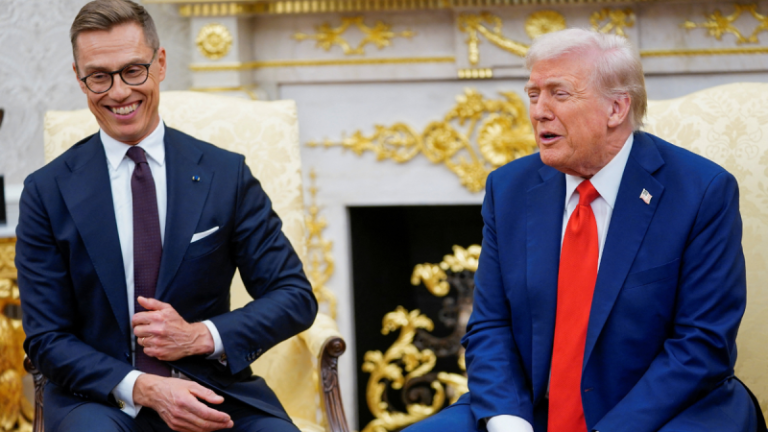Consumers’ Research, a leading nonprofit dedicated to consumer information and taking on woke corporations, launched a new campaign Thursday targeting insurance giant Chubb Limited and its CEO Evan Greenberg, alleging ‘deep ties to the Chinese Communist Party (CCP).’
The campaign, which is facing pushback from a Chubb official and a pair of renowned China hawks accusing the nonprofit of misrepresenting Greenberg’s view, is part of a seven-figure initiative titled ‘China Chubb.’ The campaign accuses the insurance company and its chief executive of ‘cozying up to the CCP’ and ‘using their market power and resources to push a woke, political agenda on the American people.’
The effort falls under Consumers’ Research’s Consumers First Initiative, aimed at exposing companies the group claims put politics ahead of consumers. Chubb’s business reaches across 54 countries, including China, territories, all 50 states and employs over 40,000 people worldwide.
Consumers’ Research says the campaign will include a national 30-second television advertisement titled ‘China Chubb,’ which will begin airing across the country following the launch.
The campaign also features a new website, ChinaChubb.com, a mobile billboard that will circulate throughout Washington, D.C., including Capitol Hill and Chubb’s Washington office, as well as a targeted digital push with sponsored content on social media platforms and online news outlets.
The ad campaign received a sharp rebuke from a Chubb spokesperson, who called it ‘completely dishonest’ in a statement to Fox News Digital.
‘Evan has called out China’s authoritarian approach and predatory practices. He has repeatedly called for the U.S. to stand up and defend its interests,’ the spokesperson said.
Robert O’Brien, former National Security Adviser to President Donald Trump, also pushed back on the ad in a statement to Fox News Digital.
‘I’ve worked with Evan Greenberg for several years now on American relations with China,’ O’Brien said. ‘In my dealings with Evan, he has been a proponent of U.S. interests in the region. Through its operations in China, his company has contributed to shrinking the U.S. trade deficit.’
However, a Fox News Digital review found that Greenberg has personal and professional entanglements with the CCP, including meetings with Chinese President Xi Jinping and offering public statements praising the CCP’s global vision.
Earlier this year, Greenberg reportedly attended China’s prestigious China Development Forum alongside executives like Blackstone’s Stephen Schwarzman and Mastercard’s Michael Miebach. The annual forum, which includes delegates from all over the world, also includes access to dozens of top CCP officials, according to a list of delegates released earlier this year.
During this same week, Greenberg was pictured in a press release posted by the Chinese government showing him shaking hands with Wang Yi, a member of the Political Bureau of the CPC Central Committee, a top CCP position. The press release paraphrased Greenberg saying, ‘U.S.-China relationship is the most significant bilateral relationship in the world.’
In 2024, Greenberg was photographed not only shaking hands with Xi in Beijing as Chair of the National Committee on U.S.-China Relations, but was also offering glowing remarks about China’s ‘resilience and vitality.’
‘China’s exceptional economic growth and transformation over the past decades speak to its strong resilience and vitality,’ Greenberg said.
In November 2023, he introduced Xi at a San Francisco event.
‘Like many others in this room, I believe that a strong and prosperous China that supports and invests in the international system can be a force for good in the world,’ Greenberg said at that event.
‘We are gathered today to gain insight from President Xi into his vision for the future of his country, and of the relationship between the United States and China. Ladies and gentlemen, please join me in warmly welcoming President Xi Jinping.’
That same month, Evan Greenberg was elected Board Chair of the National Committee on
U.S.-China Relations after having been ‘an exemplary’ board member and officer of the National Committee and ‘supporting the Committee’s mission.’ The National Committee on U.S.-China Relations sold $40,000 tickets to Americans and American businesses to sit at Xi Jinping’s table during the welcome banquet in San Francisco featuring several other senior CCP officials and guests, which got slammed in a scathing letter from the House Select Committee on the CCP.
In 2022, Xi sent personal greetings to a gala honoring Greenberg. Meanwhile, Greenberg sits on the advisory board of Tsinghua University School of Economics & Management, an institution tied directly to China’s national security and defense apparatus. That university operates under a wing of the Chinese government known for defense tech development — a connection that would likely raise red flags for any U.S. executive overseeing sensitive insurance data.
Greenberg is not the only prominent American business leader serving on that board, a group that includes Meta CEO Mark Zuckerberg and Carlyle Group co-founder David Rubenstein, and Apple CEO Tim Cook.
Greenberg has also called on the U.S. to ‘tone down rhetoric around Taiwan’ and slamming efforts to contain the CCP as ‘self-isolating’ and doomed to fail. In shareholder letters, he’s warned against treating U.S.-China competition as a ‘new cold war,’ and labeled some American trade protections as ‘wrongheaded’ and ‘unwise.’
Greenberg has acknowledged the complicated nature of the Taiwan situation, however.
‘Taiwan presents the most proximate risk of conflict for the U.S.-China relationship,’ he said in 2022. ‘Beijing has made its ambition clear that it wants to pull Taiwan into its orbit and, increasingly, is matching resources to its ambitions. Washington is improving coordination with allies to collectively deter China from using force, while at the same time supporting Taiwan’s efforts to improve its self-defense.’
Also in 2022, Chubb secured Chinese government approval to acquire majority control of Huatai Insurance Group, a Chinese firm with over $10 billion in assets. That stake has since grown to 85.5%. Meanwhile, Greenberg’s father, Hank Greenberg, orchestrated business deals and meetings with CCP officials, including a Xi-endorsed event ahead of a key U.S.-China summit.
That same year, Greenberg’s father led a group of executives meeting with Chinese officials ahead of Xi’s summit with President Biden in Bali. A think tank affiliated with China’s foreign ministry
organized the Chinese delegation.
Additionally, a company owned by Greenberg’s father, C.V. Starr, owns over 90% of a Chinese insurer formerly known as Dazhong.
Greenberg has not exclusively been complimentary of China and has voiced concerns and critiques about China, saying last year, ‘China has undermined its appeal in many parts of the region through its revanchist efforts to demand acquiescence to its territorial claims and mismanagement of its own economy.’
‘Beijing’s dimming domestic performance is reducing its appeal, and its bullying behavior is driving many countries closer to the United States.’
A 2022 Chubb annual report states that the U.S. is seeking an Indo-Pacific regions that ‘remains free from Chinese hegemony.’ The insurance company’s 2023 annual report was also critical of China saying, ‘China is viewed both as important and as a source of anxiety for many countries around the world. China is a revisionist and revanchist power that is pursuing a large-scale expansion in military capabilities.’
Fox News contributor and China expert Michael Pillsbury told Fox News Digital that Greenberg has been playing a role communicating with China to benefit the Trump administration.
‘Over the last few months before China accepted President Trump’s request to meet with Xi Jinping, Evan Greenberg played a backstage role to get American complaints by bringing together American CEOs to meet Xi Jinping,’ Pillsbury said.
‘Learning how badly American companies have been treated helps President Trump because he is determined to end outrageous mistreatment of American companies. White House friends of mine tell me Evan Greenberg developed a list of grievances of how badly treated our companies are in China. One CEO even used the term China ‘gangsterizes our companies.’’
Consumers’ Research Executive Director Will Hild told Fox News Digital that Chubb’s leadership has ignored clear national security warnings about China.
‘Despite growing warnings from U.S. intelligence about the risks posed by the Chinese Communist Party, Chubb has invested billions of dollars in Chinese companies and Greenberg continues to treat Chinese President Xi Jinping as a partner and friend, even meeting personally with Xi Jinping and publicly introducing him as a force for good,’ Hild said.
‘As the saying goes, your friends show who you really are and Greenberg’s actions have made it clear he is all in on the CCP. Our campaign exposes the uncomfortable truth: when American corporations cozy up to Communist dictators and push woke policies at home, they betray not just their country, but their customers,’ he added.
This post appeared first on FOX NEWS

